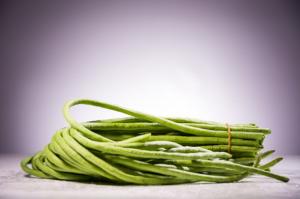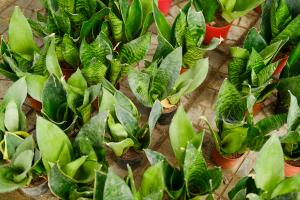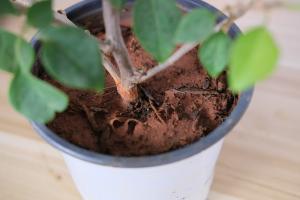Introduction
Indoor plants help to brighten up a living space and bring a touch of nature into our homes. They require proper care and attention to thrive, including providing the right amount of water. However, there are differing opinions on whether it is better to mist water on indoor plants or water them directly. In this article, we will explore the benefits and drawbacks of misting verses watering indoor plants to determine which method is ultimately better.
Misting Indoor Plants
Misting involves spraying a fine mist of water over the leaves and stems of indoor plants. This method is preferred by many plant enthusiasts as it helps to increase humidity levels around the plant, which is especially important in dry environments. Misting also has the added benefit of washing away dust and debris that may have settled on the plant, allowing it to breathe more easily.
However, misting alone may not be sufficient to keep indoor plants properly hydrated. The water droplets from misting may not reach the roots of the plant, which need to be kept moist in order for the plant to thrive. Additionally, misting too frequently can lead to fungal growth on the plant, which can be detrimental to its health.
Watering Indoor Plants
Watering indoor plants involves pouring water directly into the soil around the roots of the plant. This allows the roots to soak up the water and distribute it throughout the plant, providing it with the necessary nutrients to flourish. Watering also helps to flush out any excess salts or minerals that may have accumulated in the soil.
While watering is an effective method of keeping indoor plants hydrated, it may not be suitable for all types of plants. Some plants, such as succulents, prefer dry soil and may suffer if overwatered. Additionally, some indoor plants, such as those with delicate leaves, may be damaged if water is poured directly onto the foliage.
Which method is better?
In the end, the choice between misting and watering indoor plants ultimately depends on the specific plant and its environment. In general, misting is a helpful way to increase humidity levels and keep plants clean, but it should not be relied upon as the sole method of providing hydration. Watering, on the other hand, is a vital component of plant care and should be done regularly, but in moderation to avoid overwatering and root rot.
It is important to research each individual plant to determine its specific watering needs and to adjust accordingly. Plants that prefer dry soil may need to be watered less frequently, while those that require high levels of humidity may benefit from additional misting. Proper care and attention will ensure that indoor plants thrive and bring joy to any living space.
Conclusion
In conclusion, both misting and watering indoor plants are important factors in their care and maintenance. Misting can be a helpful way to supplement the watering process and keep plants clean, but it should not be relied upon as the sole method of providing hydration. Watering is essential for plant growth and should be done in moderation to avoid overwatering. With proper care, indoor plants can thrive and add beauty to any home.

 how many times do yo...
how many times do yo... how many planted tre...
how many planted tre... how many pine trees ...
how many pine trees ... how many pecan trees...
how many pecan trees... how many plants comp...
how many plants comp... how many plants can ...
how many plants can ... how many plants and ...
how many plants and ... how many pepper plan...
how many pepper plan...
































